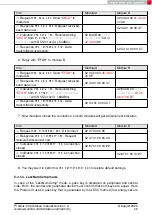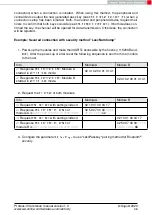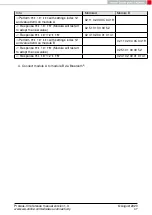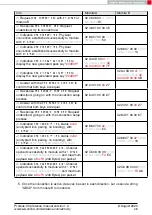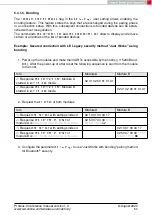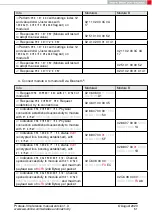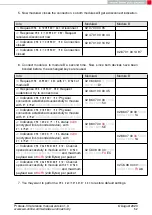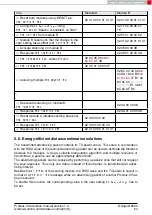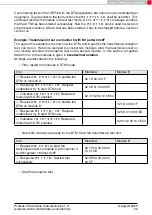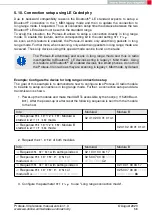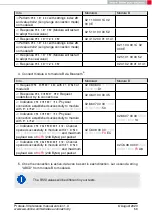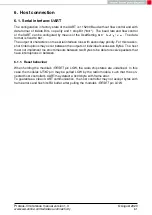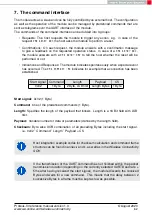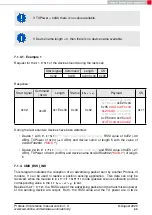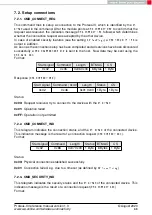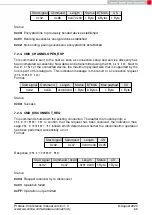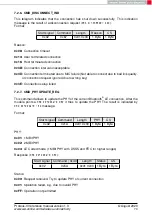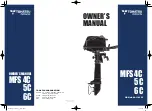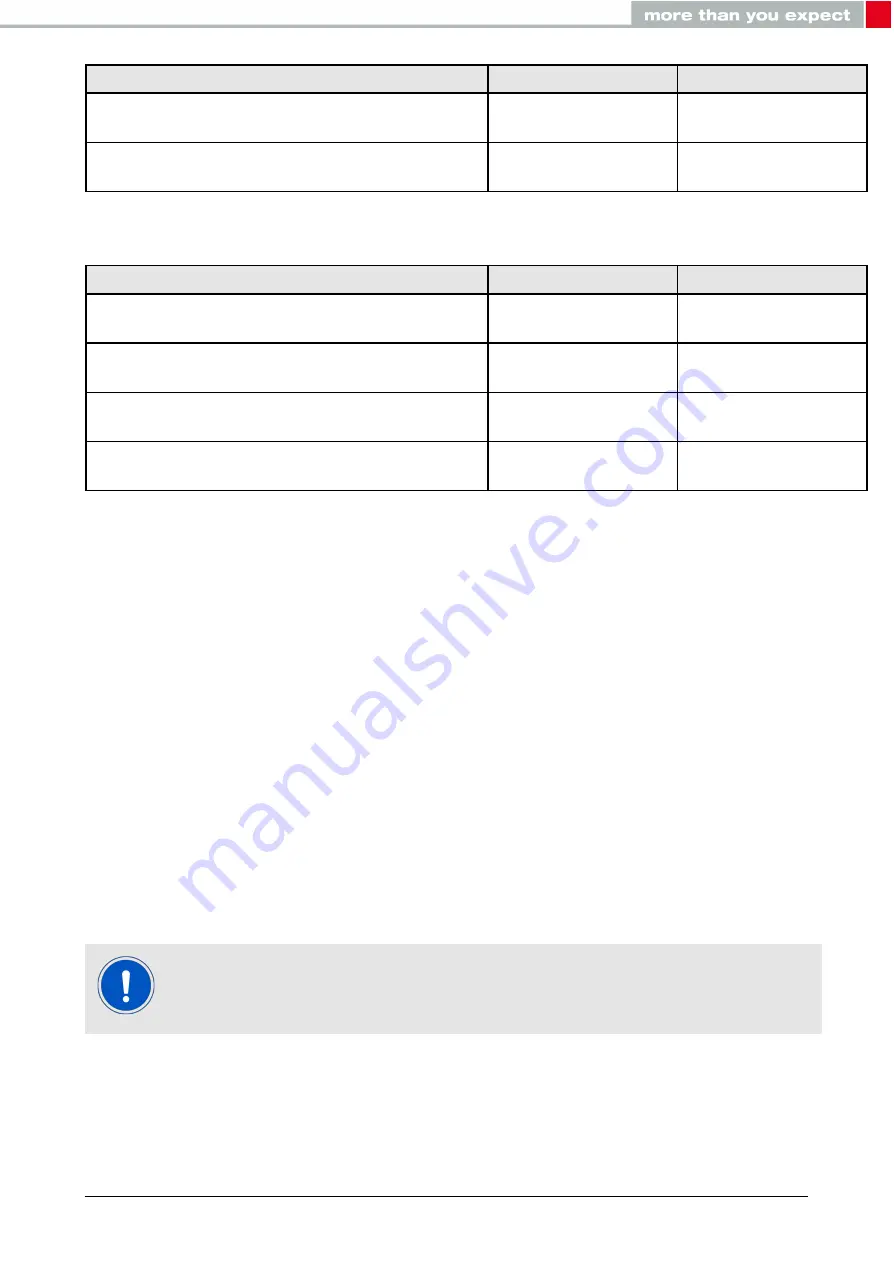
Info
Module A
Module B
⇒
Request
to start the reception
test on module B with channel 0
02 1E 04 00 01 00
00 00 19
⇐
Response
: Started test
successfully
02 5E 03 00 00 00
00 5F
• Stop both tests again.
Info
Module A
Module B
⇒
Request
to stop the
transmission test
02 1E 04 00 03 00
00 01 1A
⇐
Response
: Stopped test
successfully
02 5E 03 00 00 80
00 DF
⇒
Request
to stop the reception
test
02 1E 04 00 03 00
00 01 1A
⇐
Response
: Stopped test
successfully, received 0x14FE (5374
dec
) packets
02 5E 03 00 00 94
FE 35
During the time the reception and transmission tests were running 5374 data packets have
been received by module B, which were transmitted by module A.
5.9. Using the 2 MBit and LE Coded phy
Bluetooth
®
5 allows to transmit data with 2 MBit data rate as well as in LE Coded mod-
e. The LE Coded mode is the so called "Long range mode" that has been invented with
Bluetooth
®
5.0 . It uses the Direct Sequence Spread Spectrum (DSSS) technique that
spreads the signal and thus generates redundant informations. On the receiver side, it uses
the Forward Error Correction (FEC) technique to use the redundancy to correct a received
perturbed signal. The combination of both, the DSSS and FEC, enable higher ranges in
data transmission.
To be backward compatible to Bluetooth
®
LE 4.x devices, Bluetooth
®
LE connections must
still be setup using the 1 MBit phy. As soon as a connection has been setup, the connection
can be updated to the 2 MBit or LE Coded mode. To switch the phy after the connection
has been setup the Proteus-III offers the command
. As response to
this request a
is returned from the Proteus-III, that gives feedback if the
connection was switched to the new phy, or if the connection partner rejected the request.
Please note that the 2 MBit and LE Coded phy is an optional feature of
Bluetooth
®
5 devices and therefore must not be supported.
Proteus-III reference manual version 1.3
© August 2020
www.we-online.com/wireless-connectivity
57



